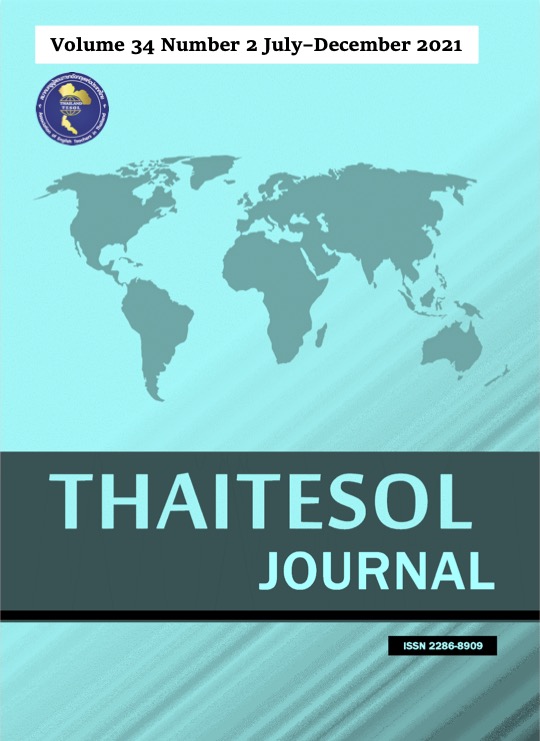English-Medium Instruction: How Many Mid-Frequency Words May EFL Accounting Undergraduates Learn?
Main Article Content
Abstract
In recent years, higher education programs with English as a medium of instruction (EMI) have been expanding at a swift pace in Taiwan, where Taiwanese Mandarin is the official language. Behind this rapid growth is the widespread belief that EMI provides immersion in English, which facilitates incidental learning of the target language. In this paper, English-medium textbooks were targeted as a research focus, since they are first and foremost learning material of core knowledge and offer students a channel for exposure to English. The researcher compiled a 4.1-million-token textbook corpus of accounting core courses and measured the vocabulary levels thereof along the word-frequency scale of the British National Corpus and the Corpus of Contemporary American English (BNC/COCA). Then she sought to estimate how many mid-frequency word families accounting majors with EMI can encounter often enough to have an opportunity of learning them. Results showed that accounting textbooks reached the BNC/COCA 3rd–4th 1000-word-family level at 95% text coverage and stretched to the 5th–6th 1000 at 98% coverage. Of the 6000 mid-frequency word families (4th–9th 1000), only 1,274 word families occurred 12+ times. This frequency was assumed as a benchmark for incidental learning to occur. For EMI practitioners who are concerned with their students’ English vocabulary development, the results can serve as a reference for future investigations into other disciplines.
Article Details
Materials in THAITESOL JOURNAL may be photocopied for educational purposes. Under no circumstances may any part of this journal be photocopied for commercial purposes.


